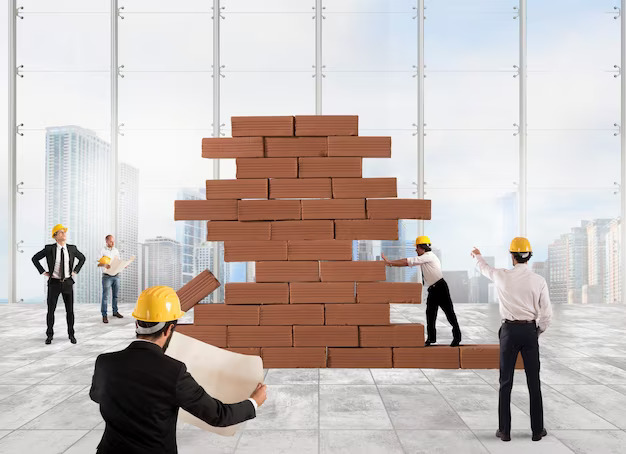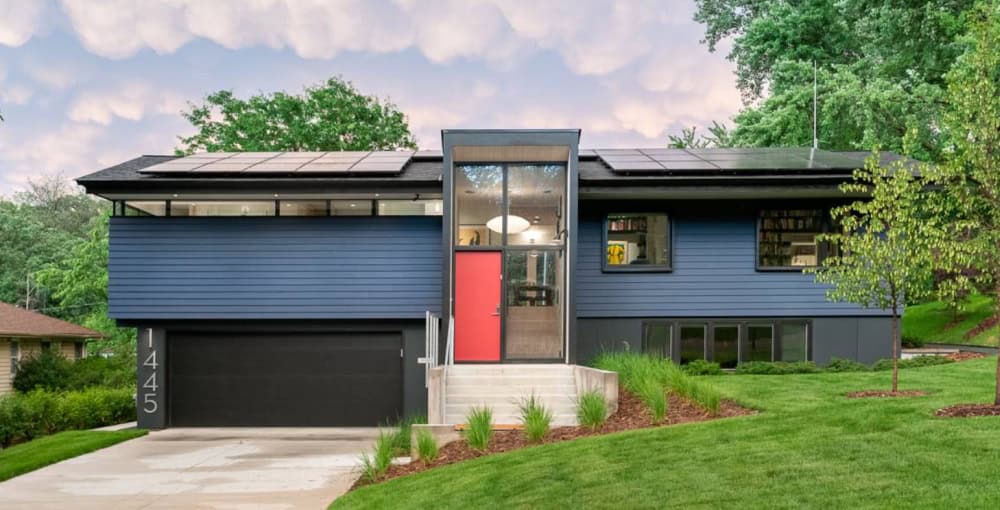Stages of Construction: What to Expect
Drop a Line if you have a Question!
Stages of Construction
Are you planning to build a new home or embark on a construction project? Get ready, because you’re about to dive into the exciting world of construction!
In this article, we’ll guide you through the stages of construction and what you can expect at each step of the way.
From pre-construction preparations to final inspections and handover, we’ll break it down for you.
So, get ready to roll up your sleeves and witness your dream project come to life!

Pre-construction Phase
During the pre-construction phase, it’s important to finalize the design plans and obtain any necessary permits. You need to ensure that all the details and specifications of the construction project are accurately captured in the design plans. This includes the layout, dimensions, and materials to be used.
Once the plans are finalized, you must obtain the required permits from the relevant authorities. These permits are crucial as they ensure that your construction project complies with all the necessary regulations and codes. It’s essential to submit all the required documents and pay any fees associated with the permits.
This phase sets the foundation for a successful construction project, so it’s important to give attention to every detail and ensure that all the necessary paperwork is in order.
Site Preparation
Before you can begin the construction process, make sure the site is properly prepared. This crucial step ensures a smooth and efficient construction project.
Start by clearing the site of any debris, vegetation, or obstacles that may hinder construction. Excavate the area to create a level and stable foundation for the structure.
Installing temporary fencing or barriers will help secure the site and prevent unauthorized access. It is also important to assess the soil conditions and make any necessary adjustments to ensure proper drainage and stability.
Additionally, utilities such as water, electricity, and sewer lines need to be identified and marked to prevent any disruptions during construction.
Foundation and Framing
To ensure a stable foundation and sturdy framing, make sure you have properly assessed the soil conditions and adjusted them if necessary.
Begin by conducting a thorough soil analysis to determine its composition and load-bearing capacity. This will help you understand if any adjustments need to be made to ensure the foundation can support the weight of the structure.
If the soil is too loose or unstable, you may need to consider measures such as soil stabilization or deep foundation systems. On the other hand, if the soil is too compacted, it may need to be loosened or amended to allow for proper drainage and prevent future issues.
Interior and Exterior Finishing
Once you have completed the foundation and framing, it’s time to focus on the interior and exterior finishing touches of your building.
This is where you get to add your personal style and make your space feel like home. Inside, you’ll be working on things like drywall, painting, and flooring. Choose colors that reflect your taste and create a welcoming atmosphere. Don’t forget about lighting fixtures and electrical outlets to ensure functionality.
Outside, you’ll be looking at siding, roofing, and landscaping. Consider materials that are durable and weather-resistant. Add some curb appeal with plants, flowers, and a well-maintained lawn.
Final Inspections and Handover
Make sure you schedule a final inspection and prepare for the handover of your building to ensure everything meets the required standards and is ready for occupancy. This is a crucial step in the construction process as it allows you to identify any potential issues or deficiencies before officially taking possession of the building.
During the final inspection, a qualified inspector will thoroughly assess the building, both interior and exterior, to ensure that all construction work has been completed as per the approved plans and specifications. They will check for proper installation of fixtures, functionality of systems, and compliance with safety regulations.
Once the inspection is completed and any necessary corrections are made, you can proceed with the handover process, which involves completing paperwork, obtaining necessary permits, and receiving the keys to your new building.
Conclusion
So there you have it – the stages of construction explained.
It may seem like a daunting process, but with proper planning and the right team, it can be a smooth and exciting journey.
From the pre-construction phase to the final inspections and handover, each stage plays a crucial role in creating your dream space.
Remember to stay involved, communicate with your contractors, and don’t be afraid to ask questions.
Before you know it, you’ll be celebrating the completion of your new home or building.
Happy construction!

Have a question?
Become a
























